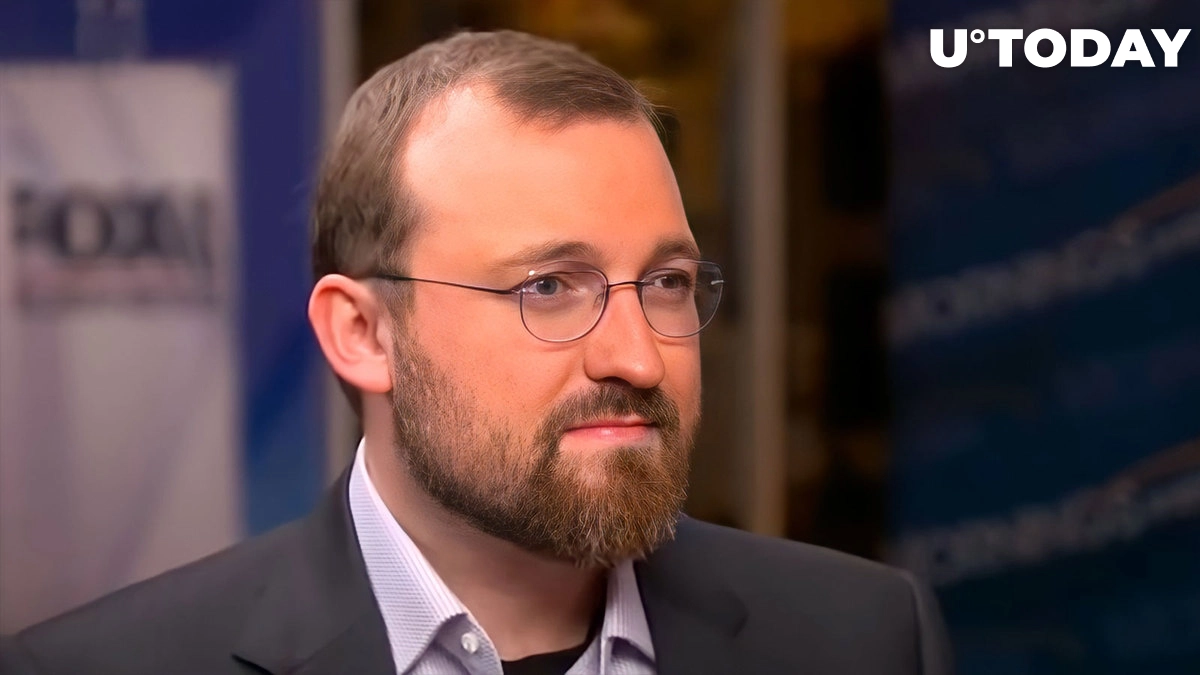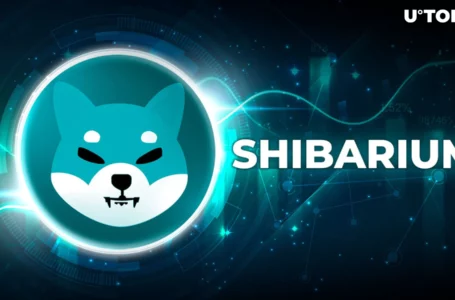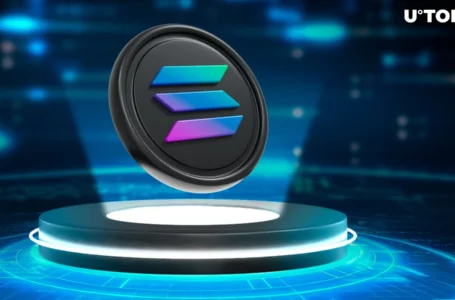
Cardano ranks as third largest blockchain with staking market cap of $11.52 billion
The Vasil upgrade was successfully launched on the mainnet on 22 September. Ahead of the much-anticipated upgrade, Cardano-based NFT project Artano published its findings from extensive testing. When using Plutus v2, a reduction in script size of more than 90% and a corresponding cost reduction of over 75% was reported.
While cost reduction is overall beneficial in attracting new users to the blockchain, the concerns now pertain to the profitability of SPOs (stake pool operators).
Per staking rewards data, Cardano ranks as the third largest blockchain with a staking market cap of $11.52 billion. Cardano’s 3.62% staking reward does not attract as much as the others, even with large sums of money to bet. Observers argue that the low rate of rewards will ensure that the blockchain does not experience inflation or hyperinflation.
Responding to a user who expressed concerns over the profitability of SPOs amid low staking rewards and a huge slash in transaction fees following the Vasil upgrade, Cardano founder Charles Hoskinson remarked, “Sidechains solve this issue. SPOs will get multiple revenue streams by maintaining the sidechains and getting paid with those native tokens.”
Cardano is steadily expanding its community of developers and blockchain enthusiasts. According to recent IOG data, there are more than 6.1 million native tokens and 1,107 projects in total on Cardano so far.
Cardano sidechains
Adding a sidechain to Cardano makes it possible to create opportunities for developers using the Solidity language on Ethereum. For instance, using the Ethereum Virtual Machine (EVM), developers can easily build dApps on top of Cardano.
Currently, sidechains running on Cardano include Milkomeda, OneChain. Orbis is an additional scalability solution being developed within the Cardano ecosystem, which will function as a ZK (zero-knowledge) rollup layer 2 protocol.
IOG is planning to release a new permissionless EVM sidechain this year. The sidechain would allow developers to write Solidity smart contracts on Cardano and create EVM-compatible dApps and ERC20-compatible tokens (and, in time, their own sidechains).


















